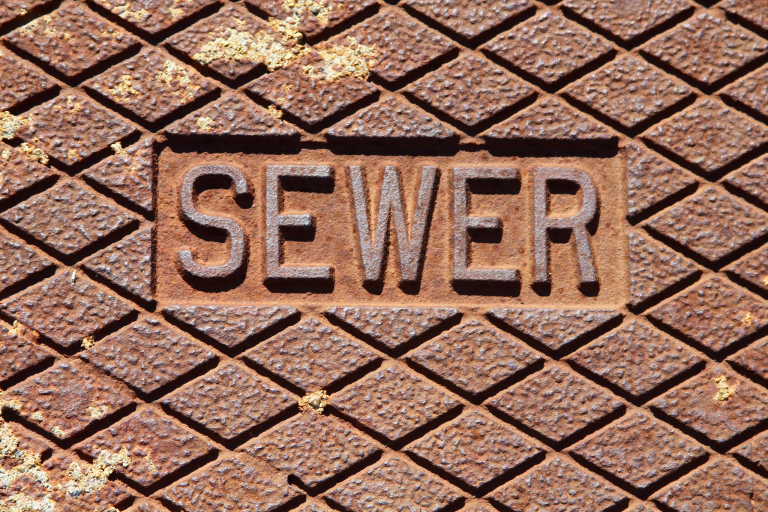So, you’ve found yourself in the unenviable position of having to replace your sewer line. Not exactly the home improvement project you’ve been dreaming of, right? This comprehensive guide is designed to take you through everything you need to know before you embark on the journey of sewer line replacement. From understanding the telltale signs of sewer line problems to figuring out the best replacement method to suit your property, this blog got it all covered.
Why is Sewer Line Replacement So Important?
Sewer line replacement is not something you want to do regularly. But when the time comes, it’s essential to address the issue promptly and efficiently. Ignoring problems with your sewer line can lead to serious consequences such as sewage backups, foul odors, and costly repairs.
Furthermore, a damaged sewer line can pose health risks to you and your family. Sewer lines are responsible for carrying away all the waste and wastewater from your home, so a break or blockage in the line can contaminate your property and surrounding areas.
Not to mention, a faulty sewer line can greatly decrease the value of your home and make it difficult to sell in the future. As much as we may not want to think about it, sewer line replacement is an important and necessary task for any homeowner.
Signs that Your Sewer Line Needs Replacement
It’s always better to catch sewer line problems early before they become major issues. Here are some common signs that your sewer line may need replacing:
Slow drains and backups: If multiple drains in your home are slow or frequently clogged, it could be a sign of a damaged sewer line.
Foul odors: If you notice persistent sewage smells coming from your drains or yard, it could indicate a problem with your sewer line.
Mold growth: A leaking sewer line can create excess moisture in your home, leading to mold growth.
Lush patches of grass: If areas in your yard are unusually green and lush, it could be a sign of a leaking sewer line underground.
If you notice any of these signs, it’s important to have your sewer line inspected by a professional plumber. They will be able to determine the extent of the damage and recommend the best course of action for replacement.
Methods of Sewer Line Replacement
When it comes to replacing your sewer line, there are two main methods: traditional excavation and trenchless technology. Traditional excavation involves digging up the old pipe and replacing it with a new one, while trenchless technology uses specialized tools to create a new pipe within the existing one.
Trenchless technology is becoming a popular choice for sewer line replacement due to its minimal disruption and reduced cost compared to traditional excavation. However, it may not be suitable for all situations, and a professional plumber can advise you on the best option for your property.
Sewer line replacement may not be the most exciting home improvement project, but it’s an important one. By understanding the signs of sewer line problems and knowing your options for replacement, you can ensure a smooth and timely process. And remember, don’t hesitate to seek professional help if you have any concerns or questions. Get professional consultations and estimates now!

